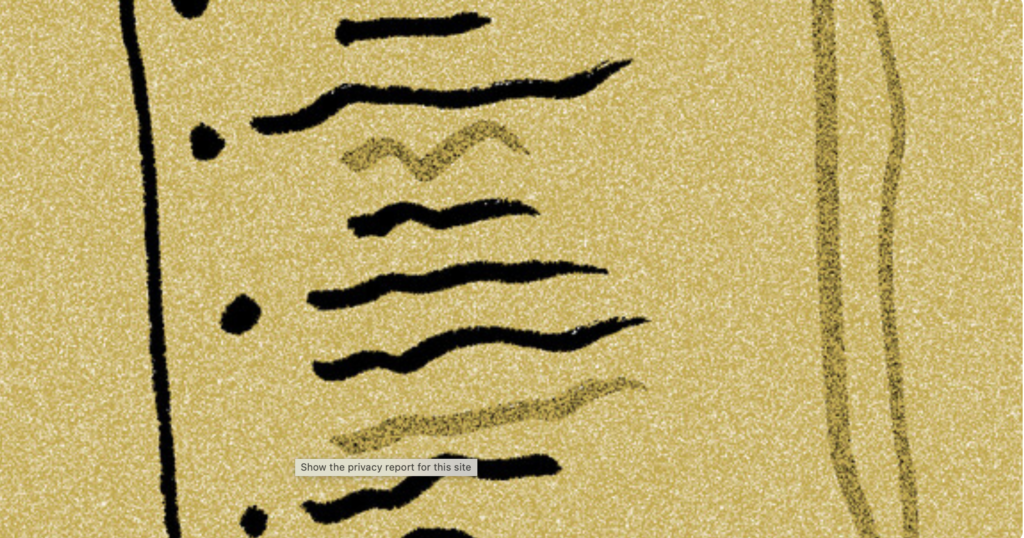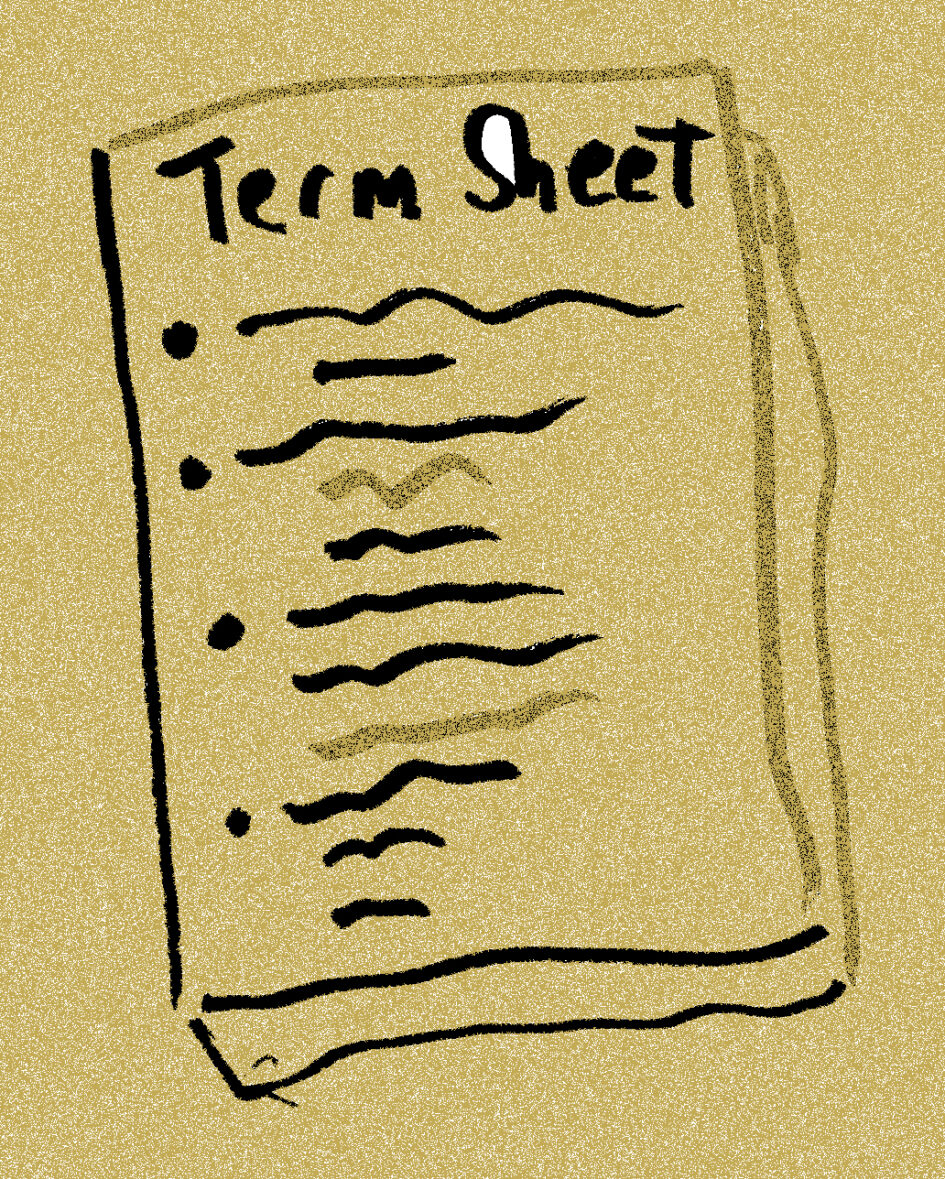 By Laurie Israel Have you ever had the experience when working on a matter with a client where you are sent, at the outset, a complete multi-page agreement by counsel of the other party? Then, after that, 10 (or 12 or 15) drafts get passed back and forth between attorneys and the clients, until reaching the final agreement? I know I have.
By Laurie Israel Have you ever had the experience when working on a matter with a client where you are sent, at the outset, a complete multi-page agreement by counsel of the other party? Then, after that, 10 (or 12 or 15) drafts get passed back and forth between attorneys and the clients, until reaching the final agreement? I know I have.
This modus operandi was very common among attorneys in the past. It creates two great problems going forward. First, it sets up contentiousness from the outset in that the “first-to-draft” attorney often chooses terms solely for the benefit of his/her client without taking into account the other party’s wishes or interests. This immediately sets up a combative situation. It creates an uphill battle for the other party and his or her attorney. They must now engage in a struggle to try to modify the terms so that they are more acceptable to the other party.
The second problem is that by the third draft, everyone is tired of looking at it. All eyes are glazed over (even if the drafts are appropriately redlined). Attention waivers, and the whole process becomes unpleasant and wearing. People start not attending to important details because looking at multiple drafts is so tedious.
After many years of experiencing this, being both the drafter (mediator or client attorney), and as counsel for one of the parties, I found my way toward an elegant solution. It’s a simple solution, and easy to put into effect. The answer to the problem is to always start with a term sheet.
A term sheet is a list of agreed upon terms, written simply and in plain English. These, once agreed to, will be the basis for the final agreement. The terms become imbedded in the final agreement, surrounded by appropriate legalese and boilerplate, as needed.
My experience with mediation clients is that through our discussions, we quickly begin to develop the terms that will ultimately be in the agreement. After two or three sessions, many terms have been discussed and agreed to. These will then form the basis of the term sheet.
There may be other essential terms that aren’t yet settled, but various options for these may have been discussed prior. These terms (with their alternatives) may also be put on the draft term sheet as points for future thought, discussion and decision-making. Other terms central to the agreement may not have been discussed yet, or the parties may not have come to an agreement on them. These terms may also be listed on the term sheet in the outline, to be addressed and discussed at a later date. Using the term sheet also helps organize the mediation sessions and its progress.
Lately, I meet with my clients solely via Zoom. By “screen sharing,” I can put the term sheet on the screen (which functions like a white board). We can work on it together in real time during the mediation sessions. We discuss it line by line and make changes and additions (and notes) on the screen in a “live” format. It’s enormously effective. One result is that my mediation clients feel a real ownership as to the development of terms as we work together. It also tends to facilitate a tranquil work environment, with me, as the mediator, truly functioning as a neutral.
If the other attorney will be drafting the actual agreement, the term sheet developed in mediation will be an excellent starting point for the representation process. Both of the reviewing attorneys will discuss the mutual terms that their respective clients developed in mediation. They may make suggested changes or improvements. They will make sure their clients understand the meaning of their points of agreement. They will give their respective clients advice, where some further changes and adjustments may be made. As mediators, we should always welcome improvements made by reviewing attorneys and appreciate it when they identify any areas that may need clarification or further discussion to make sure they are as we intended.
By starting with the term sheet, the entire process is streamlined. It saves grief and tension on the part of the clients, and sets the reviewing attorneys on the right footing, because the clients’ choices in the mediation process are so clearly and succinctly set forth in the term sheet. They are there, populated on the screen and in a Word document in black and white. It makes everyone feel reassured about the process and ultimately, the content.
Currently, when I am counsel for a client, I never accept a written agreement from an attorney until and unless there has first been a written term sheet that has been reviewed and accepted by both parties and their counsel. I make it clear at the outset (in a nice way) that a term sheet needs to come first, either from me or the other counsel. I explain my reasoning as set forth above. So far, everyone has graciously complied with my request. (I also ask that the agreement be typed in that warm, friendly “Calibri” typeface. It really makes a difference! Times Roman is so cold. But that’s a topic for a future discussion, and a future article.)
Often before that first draft of the term sheet is generated by an attorney, there is discussion between the attorneys that reflect the parties’ interests and goals, jointly as well as severally. This helps the first draft of the attorney-created term sheet to be much closer to what will be the final agreement of terms of the parties, and helps to create a peaceful, collaborative process.
Making adjustments to a draft term sheet (as that draft gets sent back and forth between counsel) is a much easier and streamlined process than reviewing draft after draft of a full-blown, detailed agreement. The basic terms are laid out clearly and succinctly, with no unnecessary legalese. When the last draft of the term sheet is completed, agreement will have been reached on all issues. All the rest is just commentary.
Copyright Laurie Israel 2022
- Mediation – A Sound First Step to a Successful Prenup - September 27, 2022
- The Art of the Term Sheet - May 18, 2022
- Learning from Every Mediation - August 4, 2021


